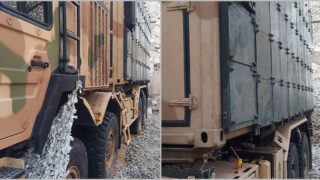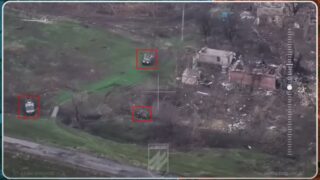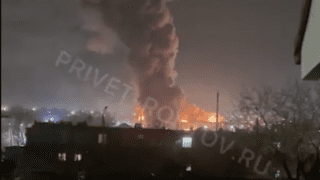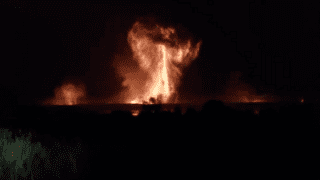Active Protection Systems – Why Aren’t They Stopping FPV Drones?
Active Protection Systems – Why Aren’t They Stopping FPV Drones?
Video Summary
APS, specifically hard-kill APS, is a technology that uses sensors to detect incoming threats and then destroys them before they hit the target. Russia has been showcasing its APS systems, such as Arena and the Next Generation afghanan, but these systems are nowhere to be found on the battlefield in Ukraine. In fact, the only APS system I could find was on a destroyed T-802, just a few weeks into the war in March 2022.
It’s worth noting that APS systems, including hard-kill APS, are not a silver bullet, and they will never defend 100% of the time against every type of threat. They are simply one additional layer of protection that can increase the survivability of a tank, and they come with trade-offs, such as increased weight and reduced mobility.
When it comes to protecting a tank, there is no simple solution. APS systems, including hard-kill APS, are just one part of the puzzle. Other measures, such as armor, reactive armor, and smoke screens, all play a role in protecting tanks.
Shaped charge warheads, for example, have been used since World War II and have had a significant impact on modern warfare. Armor has had to adapt, and today we have a range of armor types, including space armor, reactive armor, and composite armor, each designed to protect against different types of threats.
Reactive armor, for example, is designed to destroy incoming projectiles, while space armor is designed to slow down or deform them, making them less effective. Soft-kill APS systems, on the other hand, try to distract or disorient incoming threats, making it harder for them to hit their target.
However, when it comes to drones, there is no easy solution. APS systems, including hard-kill APS, are limited in their ability to detect and track small, low-flying drones. Other technologies, such as jamming and spoofing, may be more effective against drones. In the end, it seems that a combination of different technologies and measures will be needed to effectively counter the threat posed by drones.
























